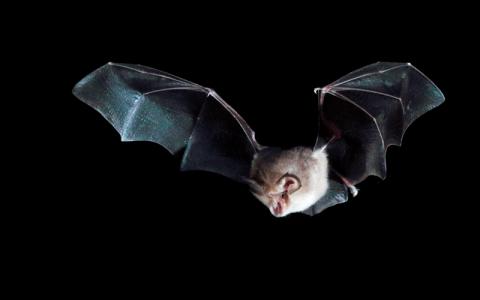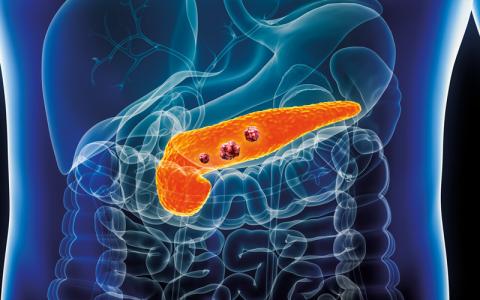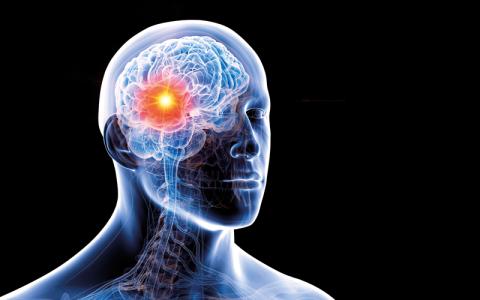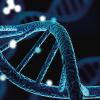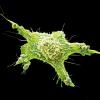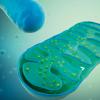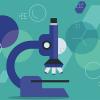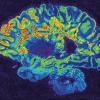Molecular Pathology & Genomics
Bat swarming and immunity
Bats carry some of the deadliest zoonotic diseases that can infect both humans and animals, such as Ebola and COVID-19.
Fibroblast cells and pancreatic cancer growth
Older people may be at greater risk of developing pancreatic cancer and have poorer prognoses because of age-related changes in cells in the pancreas called fibroblasts, it is claimed.
Pores for thought
A team from Nottingham looks at intraoperative molecular diagnosis of brain tumours using nanopore sequencing.

